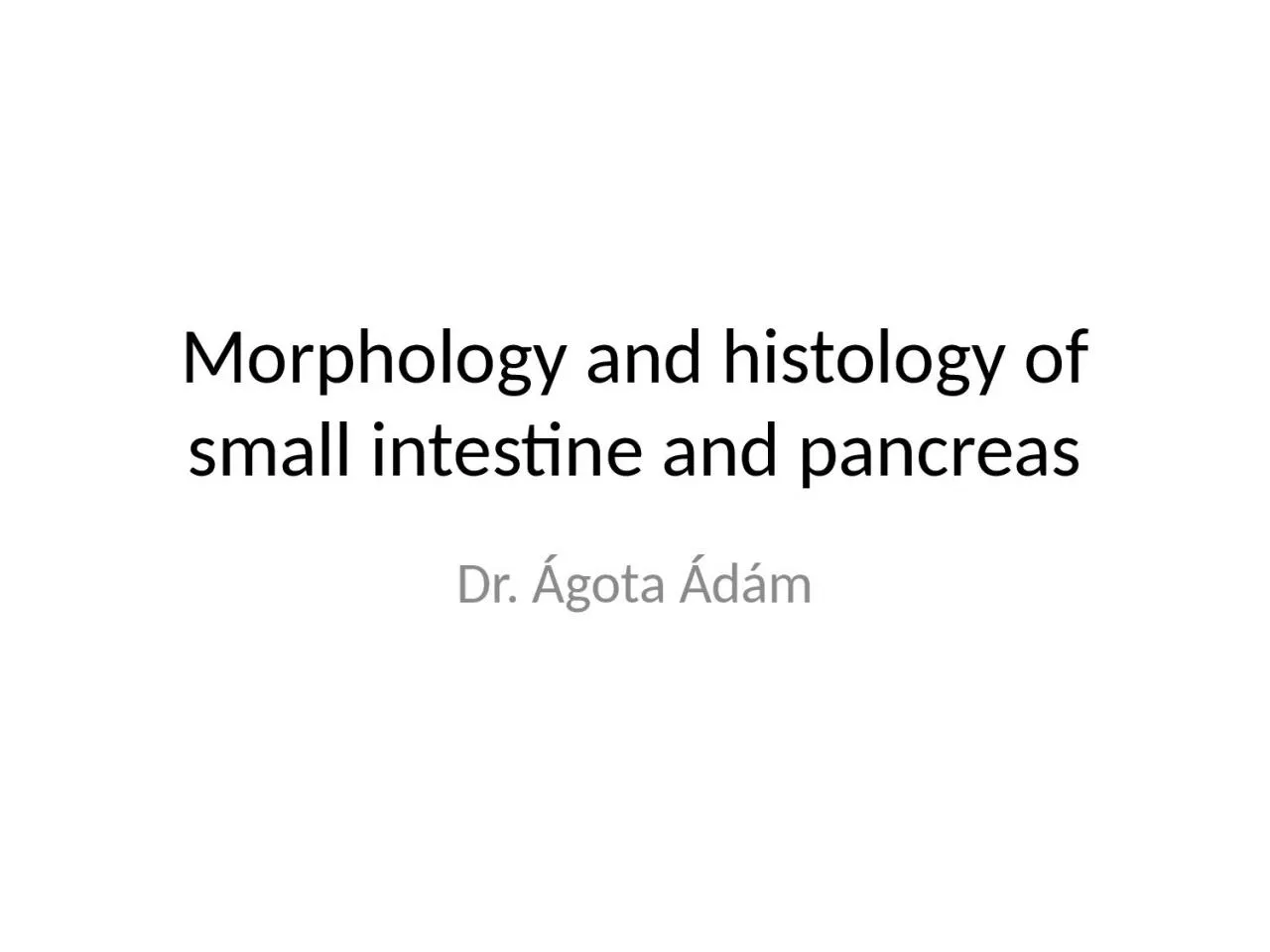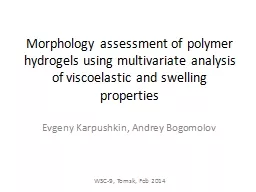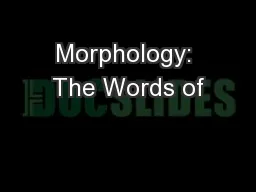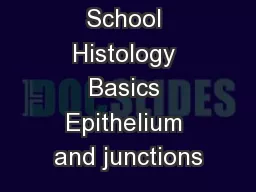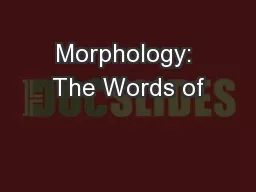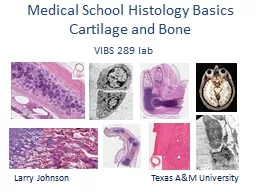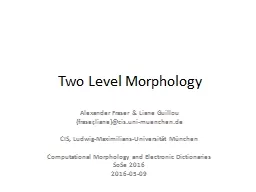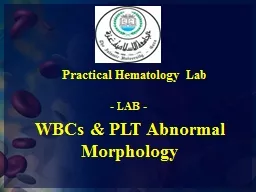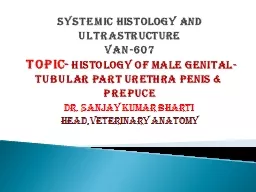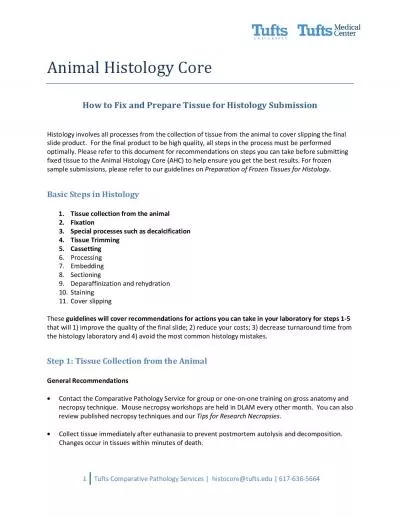PPT-Morphology and histology
Author : lucy | Published Date : 2022-07-15
of small intestine and pancreas Dr Ágota Ádám Duodenum and pancreas drawing jejunum ileum thicker wall wider mesentery 2 arteries enter the
Presentation Embed Code
Download Presentation
Download Presentation The PPT/PDF document "Morphology and histology" is the property of its rightful owner. Permission is granted to download and print the materials on this website for personal, non-commercial use only, and to display it on your personal computer provided you do not modify the materials and that you retain all copyright notices contained in the materials. By downloading content from our website, you accept the terms of this agreement.
Morphology and histology: Transcript
Download Rules Of Document
"Morphology and histology"The content belongs to its owner. You may download and print it for personal use, without modification, and keep all copyright notices. By downloading, you agree to these terms.
Related Documents

